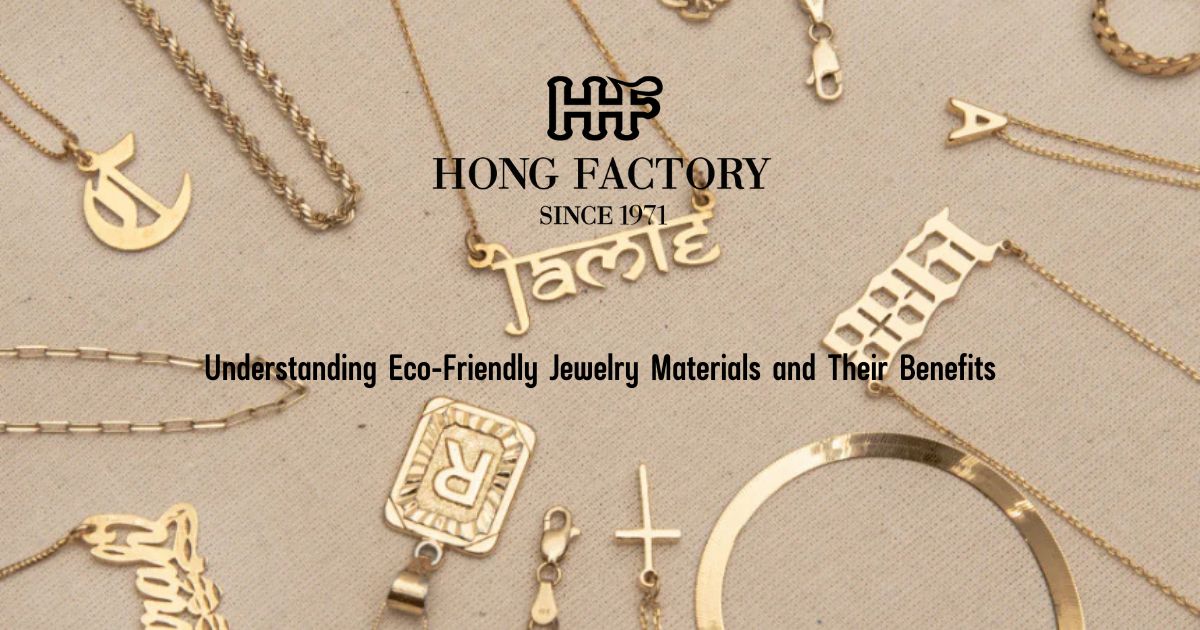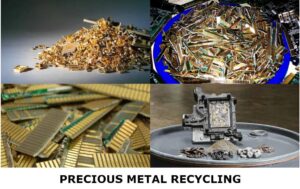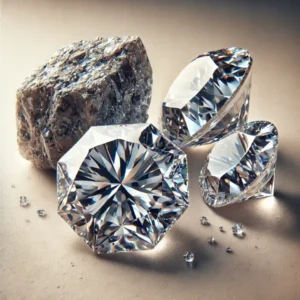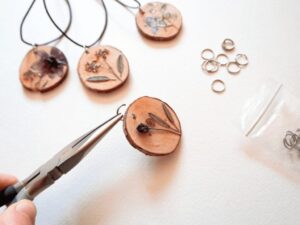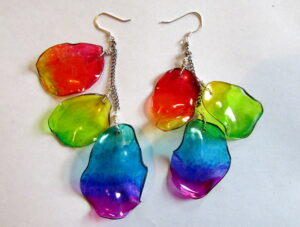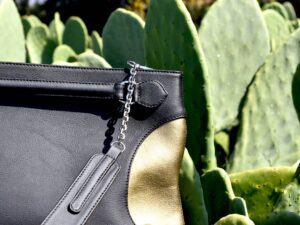The demand for sustainable and ethical fashion has extended into the jewelry industry, leading to the rise of eco-friendly jewelry materials. Consumers are becoming more conscious of the environmental and ethical impact of their purchases, prompting brands to explore sustainable alternatives to traditional metals and gemstones. Understanding these materials and their benefits can help you make informed choices when investing in jewelry that aligns with your values.
Understanding Eco-Friendly Jewelry Materials and Their Benefits
1. Recycled Precious Metals
Mining for gold, silver, and platinum causes severe environmental damage, including deforestation, water pollution, and soil degradation. To combat this, many ethical jewelry brands use recycled metals.
Benefits:
- Reduces Mining Impact – Recycled metals eliminate the need for new mining, decreasing habitat destruction.
- Energy-Efficient Production – Refining recycled metals consumes less energy than extracting new materials.
- Same Quality as Newly Mined Metals – Recycled gold, silver, and platinum maintain their purity and durability.
How to Identify:
- Look for certifications such as the Responsible Jewellery Council (RJC) or Fairmined.
- Choose brands that disclose their sourcing and recycling processes.
2. Lab-Grown Diamonds
Traditional diamond mining has long been linked to environmental destruction and unethical labor practices. Lab-grown diamonds offer an ethical and sustainable alternative.Titanium earrings for sensitive ears.
Benefits:
- Conflict-Free – Lab-grown diamonds ensure no human rights violations are involved.
- Eco-Friendly Production – Requires significantly less water and land than mined diamonds.
- More Affordable – Typically cost 20-40% less than natural diamonds while offering identical beauty and durability.
How to Identify:
- Look for diamonds certified by IGI (International Gemological Institute) or GIA (Gemological Institute of America).
- Check if brands use renewable energy in their diamond-growing process.
3. Fair-Trade & Ethically Sourced Gemstones
Natural gemstones are often mined under conditions that exploit workers and harm the environment. Ethical sourcing ensures that miners receive fair wages and work in safe conditions.
Benefits:
- Supports Local Communities – Fair-trade gemstones provide economic stability to small-scale miners.
- Transparency in the Supply Chain – Ethical brands disclose the origins of their gemstones.
- Minimizes Environmental Damage – Fair-trade mining practices reduce pollution and land degradation.
How to Identify:
- Look for brands that work with Fair Trade Certified gemstone suppliers.
- Ask for documentation verifying responsible mining practices.
4. Moissanite & Alternative Gemstones
Moissanite and other lab-created gemstones offer a sustainable alternative to traditional mined gems.
Benefits:
- Minimal Environmental Impact – No mining is required, reducing habitat destruction.
- Highly Durable – Moissanite is nearly as hard as diamonds, making it a long-lasting option.
- Affordable – Costs significantly less than traditional diamonds while maintaining brilliance.
How to Identify:
- Ask if the moissanite is certified for quality and ethical production.
- Research brands that specialize in high-quality alternative gemstones.
5. Sustainable & Plant-Based Materials
Some jewelry brands incorporate eco-friendly materials derived from nature, such as wood, bamboo, and plant-based resins.
Benefits:
- Biodegradable – Unlike metals and gemstones, plant-based materials decompose naturally.
- Renewable Resources – Bamboo and other plant-based elements grow quickly and are sustainably harvested.
- Unique Aesthetic – Provides a rustic, organic look that stands out.
How to Identify:
- Choose brands that use FSC-certified (Forest Stewardship Council) wood.
- Ensure plant-based resins are free from harmful chemicals.
6. Recycled Glass & Upcycled Materials
Recycled glass and upcycled materials are becoming popular in sustainable jewelry design.
Benefits:
- Reduces Waste – Prevents discarded materials from ending up in landfills.
- Eco-Friendly Processing – Uses less energy compared to producing new materials.
- Unique Designs – Upcycled jewelry often features one-of-a-kind artistic elements.
How to Identify:
- Look for brands that promote zero-waste jewelry production.
- Choose pieces made from post-consumer recycled glass or upcycled metals.
7. Vegan Leather & Other Animal-Free Alternatives
Traditional leather jewelry often involves animal cruelty and unsustainable production. Vegan alternatives offer stylish, ethical solutions.
Benefits:
- Cruelty-Free – No animals are harmed in the process.
- Eco-Friendly – Made from materials like cork, pineapple leaves (Piñatex), and apple leather.
- Durable & Lightweight – Offers a comfortable and long-lasting alternative to traditional leather.
How to Identify:
- Look for materials like Piñatex (pineapple leather) or MIRUM (a plant-based leather alternative).
- Verify that brands use non-toxic dyes and adhesives.
8. Low-Impact Jewelry Finishing Techniques
Some jewelry finishes involve heavy chemical treatments that release toxins into the environment. Sustainable brands are turning to eco-friendly alternatives.
Benefits:
- Less Pollution – Reduces harmful waste from plating and finishing processes.
- Safer for Workers – Non-toxic coatings protect artisans from harmful exposure.
- Longer-Lasting Shine – Eco-friendly finishes often use protective coatings that enhance durability.
How to Identify:
- Choose brands that use water-based or low-impact plating techniques.
- Look for jewelry labeled nickel-free and hypoallergenic.
How to Shop for Eco-Friendly Jewelry
When purchasing sustainable jewelry, keep these key factors in mind:
- Check Brand Transparency – Ethical brands disclose sourcing and production details.
- Look for Certifications – Seek out Fair Trade, RJC, or GOTS-certified materials.
- Prioritize Durability – Invest in pieces that will last, reducing waste over time.
- Opt for Timeless Designs – Classic jewelry reduces the need for frequent replacements.
- Buy from Responsible Brands – Research brands that actively support sustainability initiatives.
Eco-friendly jewelry materials provide stylish, ethical alternatives to traditional metals and gemstones. Whether it’s recycled gold, lab-grown diamonds, or sustainable plant-based materials, these options help reduce environmental damage and promote fair labor practices. By making conscious choices, you can enjoy beautiful, meaningful jewelry while supporting a more sustainable fashion industry.
